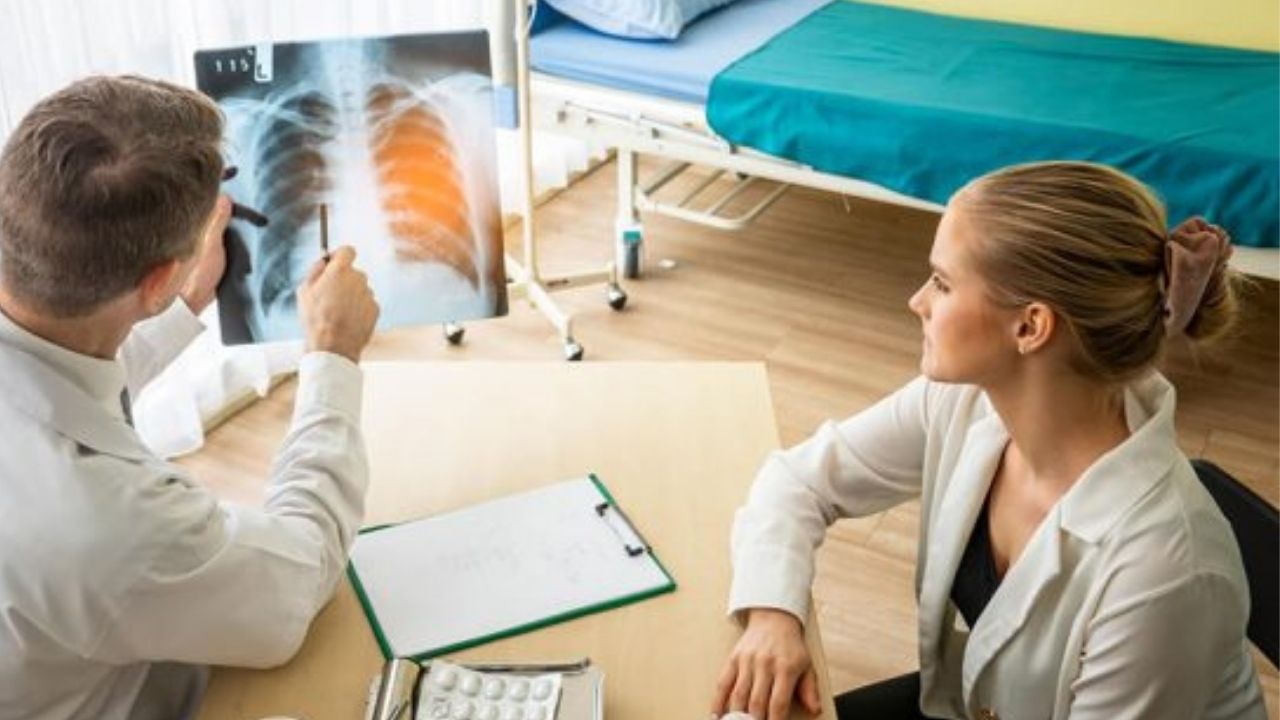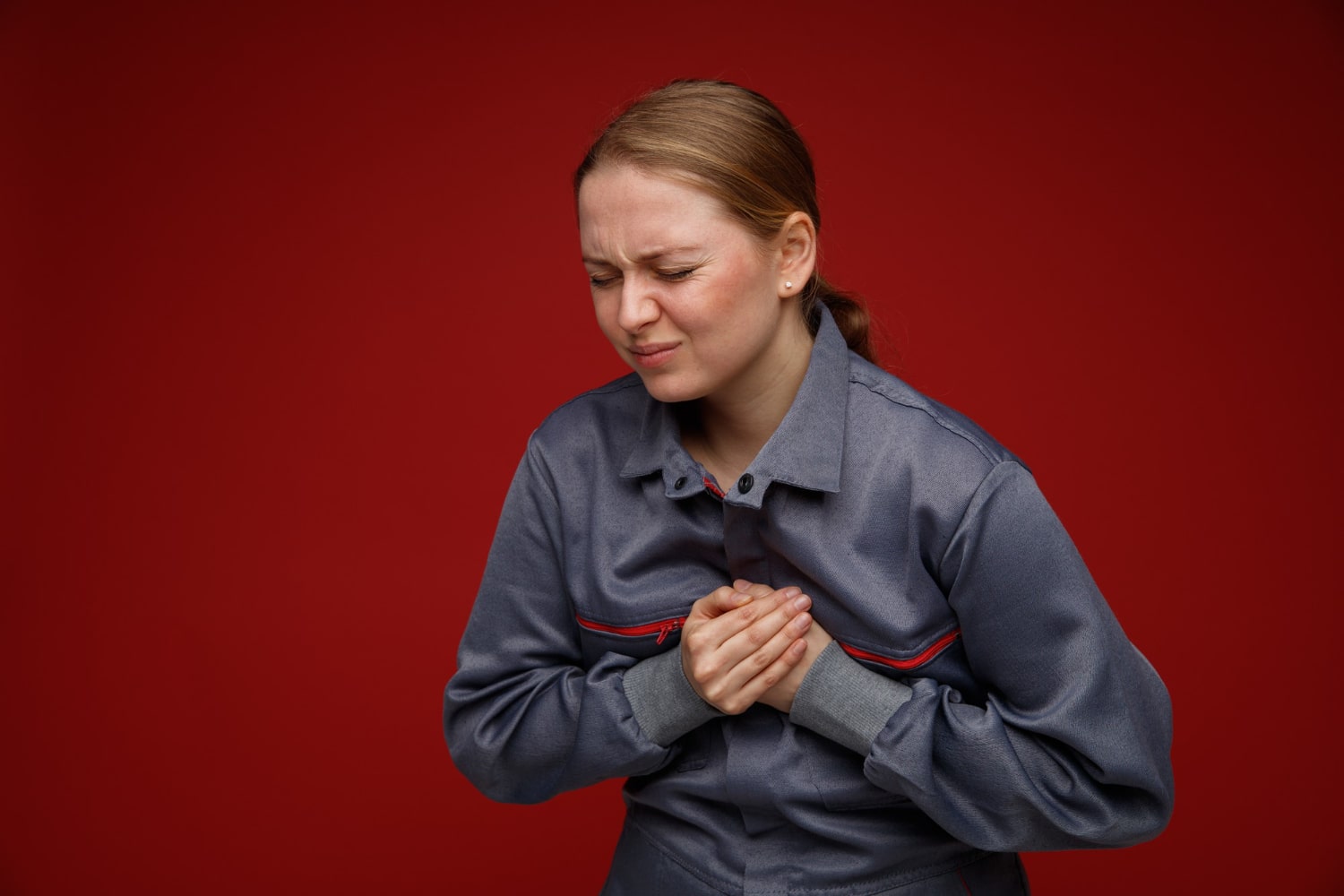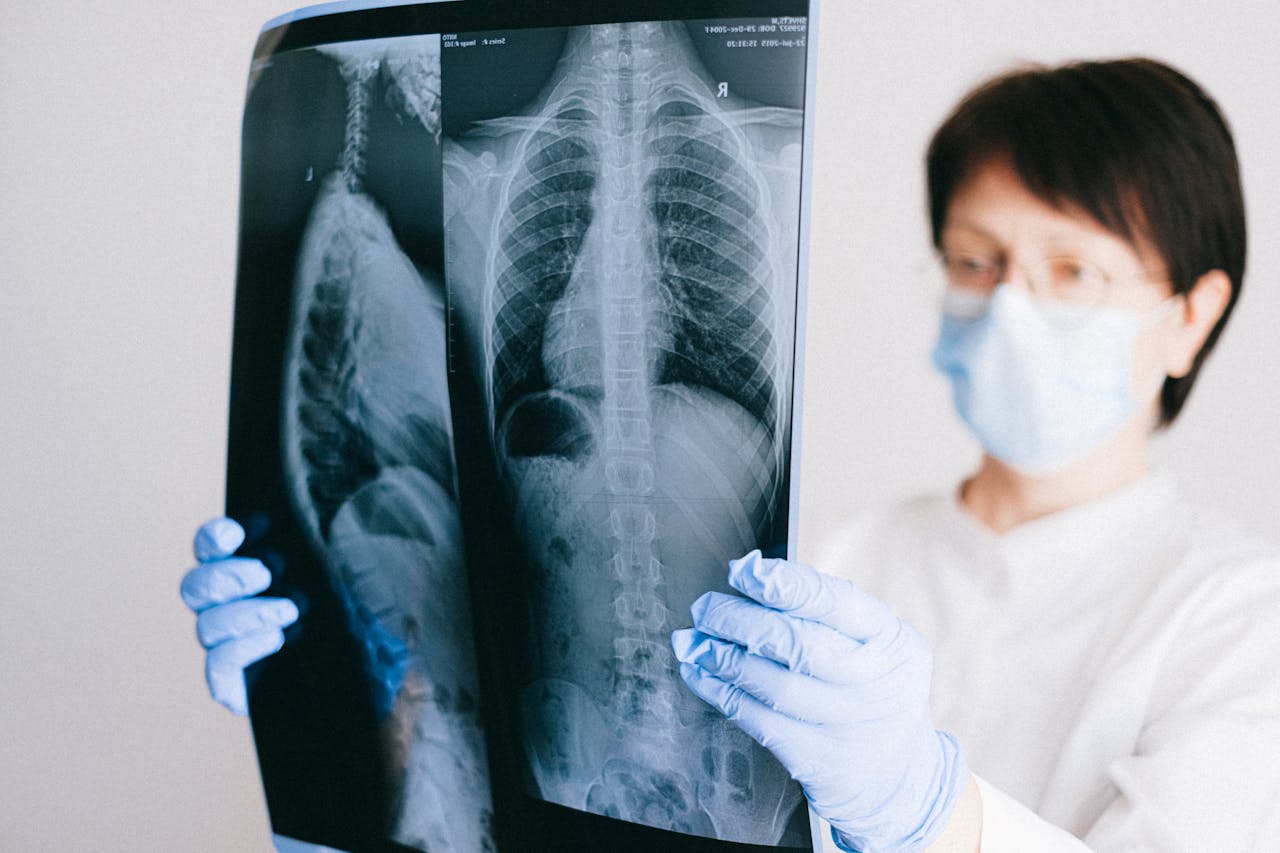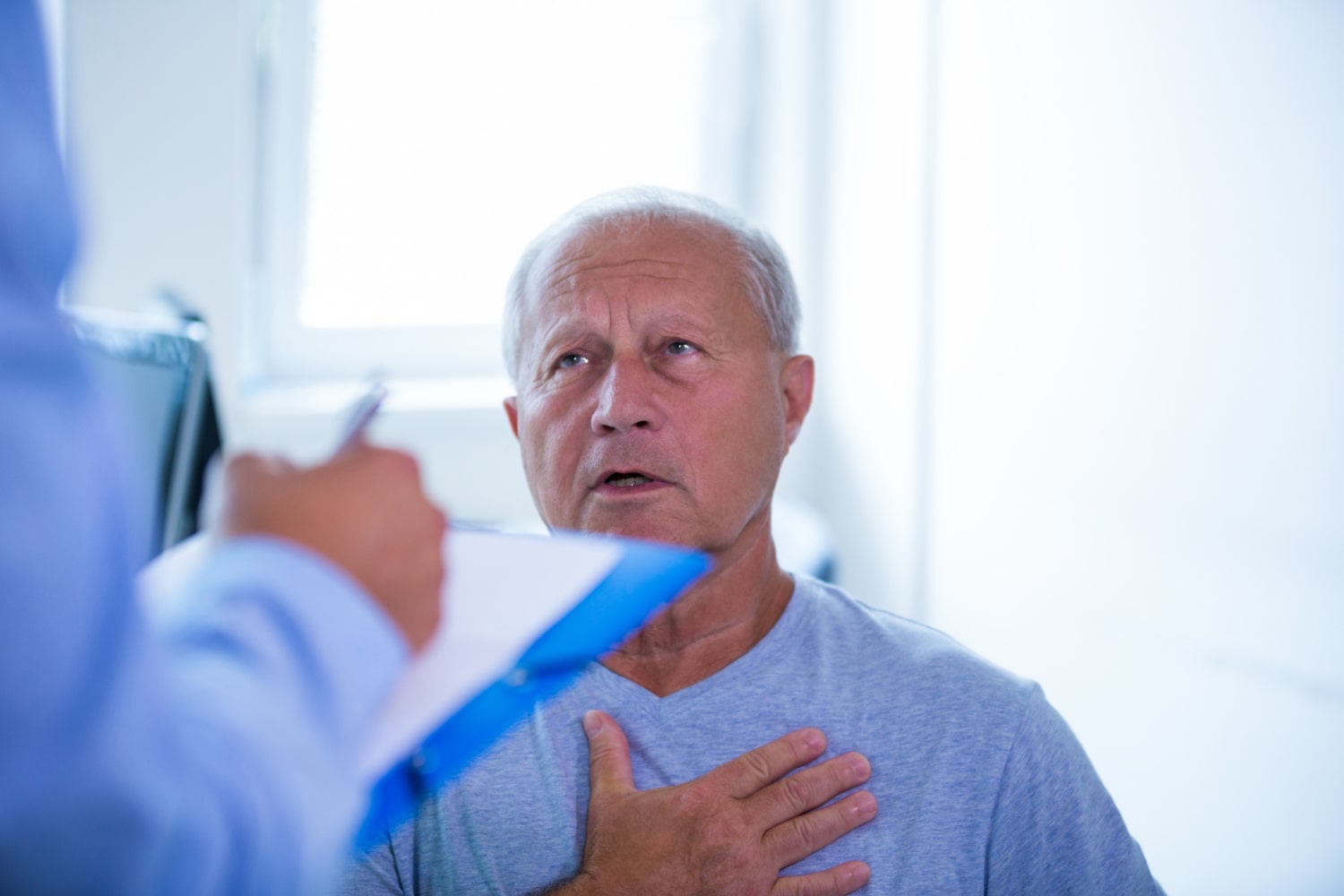Are the symptoms of lung cancer in women different? As lung cancer becomes increasingly common, many wonder whether the symptoms differ between men and women. Generally, the symptoms of lung cancer vary depending on the size and location of the tumor. Below, all the frequently asked questions about this disease are detailed.
What Is Lung Cancer?
 Before learning about the symptoms of lung cancer in women, it is essential to understand what this disease is. Lung cancer is a condition that arises from uncontrolled and abnormal growth and division of cells in the lungs due to various reasons. This type of cancer has stages and can sometimes appear without any symptoms.
Before learning about the symptoms of lung cancer in women, it is essential to understand what this disease is. Lung cancer is a condition that arises from uncontrolled and abnormal growth and division of cells in the lungs due to various reasons. This type of cancer has stages and can sometimes appear without any symptoms.
Lung cancer is categorized into types: aggressive and fast-spreading, or slow-spreading. However, the process can differ from one patient to another in these serious and critical conditions.
What Are the Symptoms of Lung Cancer in Women?
 There are no specific symptoms of lung cancer exclusive to women. This disease can occur in both genders, and the symptoms do not differ based on gender. However, the progression level, areas affected by the disease, and individual sensitivity can cause symptoms to vary. Below are the detailed symptoms that patients may experience:
There are no specific symptoms of lung cancer exclusive to women. This disease can occur in both genders, and the symptoms do not differ based on gender. However, the progression level, areas affected by the disease, and individual sensitivity can cause symptoms to vary. Below are the detailed symptoms that patients may experience:
What Are the Symptoms of Lung Cancer?
Lung cancer symptoms are often a topic of curiosity. Sometimes, the disease gives signals in the form of symptoms, but it can also progress silently and insidiously. However, if you experience any of the following symptoms, it is crucial to consult a doctor as soon as possible. Early diagnosis can ease the treatment process. The symptoms listed below apply to both genders:
- Chest pain: If you experience painful discomfort while breathing or coughing, it may indicate an abnormal condition. Chest pain is one of the most common symptoms of lung cancer.
- Shortness of breath: Shortness of breath is frequently encountered in cases of lung cancer.
- Persistent or worsening cough: Persistent cough, accompanied by bloody mucus or sputum, may indicate a severe condition if it becomes chronic.
- Coughing up small amounts of blood
- Hoarseness: Prolonged coughing can irritate the vocal cords, leading to hoarseness, also known as laryngitis.
- Loss of appetite: Severe and continuous lack of appetite could signal that something is wrong in the body.
- Unexplained weight loss: Sudden, unintentional weight loss can indicate underlying issues.
- Bone pain
- Headaches
- Unexplained fatigue: Fighting cancer cells can leave the body feeling weak and tired.
- Wheezing
- Swelling in the face, neck, arms, or chest
- Horner’s syndrome
- Small pupils and drooping eyelids
Additionally, recurrent cough or pneumonia, despite continuous treatment, can sometimes be early signs of lung cancer.
What Are the Stages of Lung Cancer?
After understanding the symptoms of lung cancer in women, it is also important to know the stages of the disease. Staging is determined based on the size of the tumor, its impact on surrounding tissues, and whether it has spread to lymph nodes or other organs. Below are details about the stages of lung cancer:
1 – Stage 1
In the first stage of lung cancer, the cancer has not yet spread to other parts of the lung. Symptoms are often minimal or absent at this stage. The cancer is located on the lung or the outer membrane of the bronchus. Surgical removal of the tumor is generally possible in this stage. It is considered a controllable stage.
2 – Stage 2
In this stage, cancer cells may have spread to lymph nodes within the lung or grown larger than 5 cm, becoming noticeable in the chest cavity. Surgical intervention, along with chemotherapy or radiotherapy, may be necessary.
3 – Stage 3A
The cancer has started spreading to other areas of the chest and lymph nodes. One or more tumors may be present. Treatment requires a combination of surgery, radiotherapy, and chemotherapy.
4 – Stage 3B
The cancer may be found in lymph nodes on the opposite side of the chest, above the collarbone, or near the bifurcation of the trachea. This stage is more aggressive and often requires more frequent chemotherapy and radiotherapy treatments.
5 – Stage 4
The most dangerous stage of lung cancer, symptoms become severe. The cancer may have spread to the other lung, the fluid surrounding the lungs, the fluid around the heart, and distant organs. The goal at this stage is to slow the progression of the disease.
What Are the Pains of Lung Cancer?

Pain and discomfort are minimal in the early stages but become severe and unbearable in later stages. At this point, choosing a reliable clinic is critical. A good doctor can provide both emotional support and pain management, significantly improving the patient’s overall experience. Especially in the fourth stage, the disease is extremely painful and distressing.
Patients are recommended to consult Professor Dr. Semih Halezeroglu, known for his expertise and skill in lung surgery. Feeling safe and supported can boost patients’ motivation and positively impact the treatment process.
FAQs About Symptoms of Lung Cancer in Women
Details about the symptoms of lung cancer in women have been provided above. Here are answers to other frequently asked questions on this topic:
1 – What Are the Early Symptoms of Lung Cancer?
Common early symptoms of lung cancer include persistent cough, difficulty breathing, fatigue, weight loss, and recurrent bronchitis or pneumonia.
2 – Where Does Lung Cancer Pain Radiate?
The location of pain depends on where the tumor has spread. However, it is often felt in the middle and upper back.
3 – Are Lung Cancer Symptoms Different in Women?
Lung cancer is one of the deadliest types of cancer in recent times. The symptoms do not vary by gender. Therefore, the answer to whether lung cancer symptoms in women are different is no.
4 – How Do You Know If Something Is Wrong with Your Lungs?
Symptoms such as wheezing, excessive sweating, heart palpitations, bloody sputum, and difficulty breathing may indicate a lung problem. However, it is possible for issues to arise without noticeable symptoms.



